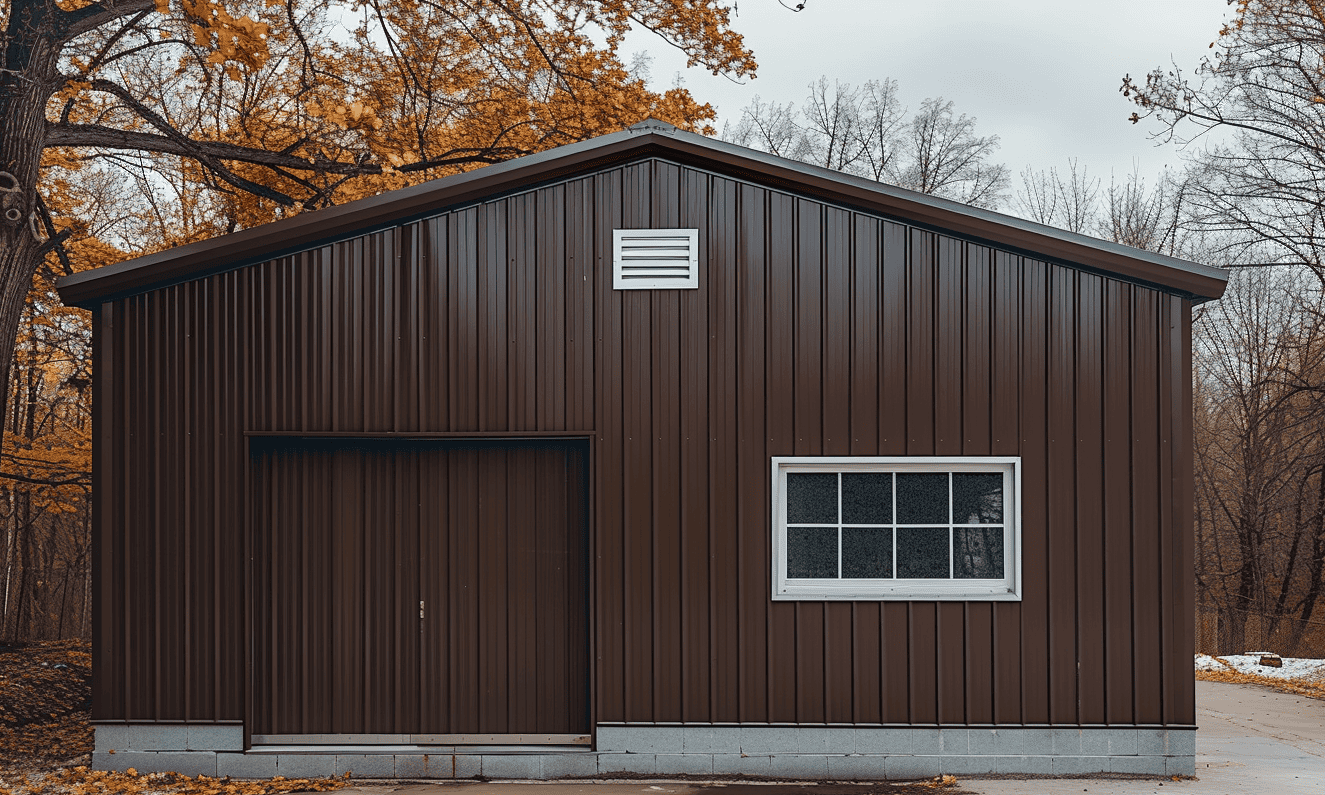When stepping into a home that embraces the art of minimalist design, one might feel like they’ve entered an oasis of calm—a tranquil retreat in a world that’s become increasingly chaotic. But how exactly does one achieve this elusive balance of serenity and style without tipping into the realm of sterile or uninviting? The fascinating world of minimalist home design is a journey worth exploring.
Minimalist home design corners on the art of paring down to the essentials, creating a space that embodies cleanliness, function, and beauty. At its core, minimalism invites us to strip away the non-essentials and enjoy the inherent beauty of simplicity. This captivating blend of clean lines, neutral palettes, and strategic use of space makes minimalist design both a functional and aesthetic powerhouse.
Understanding the Principles of Minimalist Design
Minimalism can be likened to a silent symphony, where each note plays its part to create a whole that’s greater than its individual components. The principles of minimalist home design center around simplicity, functionality, and attention to detail.
1. Simplicity
Think about the last time you walked into a room cluttered with knick-knacks or furniture that felt overbearing. Now, imagine a space where every piece has a purpose and leaves room for breathing and reflecting. This is the essence of simplicity in minimalist decor.
2. Functionality
Every item within a minimalist home serves a function, which makes each piece not just an object, but a partner in your daily life. It blurs the line between form and function, ensuring that living spaces are as efficient as they are appealing.
3. Attention to Detail
A scratch or an imperfection can easily become apparent in a minimalist space, underscoring the necessity for attention to detail. Precision in execution—from architectural lines to lighting—ensures that each element contributes harmoniously to the minimalist narrative.
The Intersection of Minimalism and Style
Choosing minimalist home design does not infer a loss of style—in fact, quite the opposite. Consider Scandinavian home design, for instance. This style beautifully marries minimalism with warmth and coziness, emphasizing light and natural materials to create inviting spaces.
Visually, this might translate to open floors with large windows that bring in light, a monochromatic color palette with occasional bursts of color for character, and thoughtful texture combinations like smooth woods with soft textiles. Such design decisions keep the space dynamic and lively even in its simplicity.

Maximizing Space and Light
Minimalist home design shines when it fully utilizes the available space and natural light. By employing strategies such as open floor plans and large windows, these designs remove obstructions, allowing for a free flow of light.
Moreover, minimalist homes often employ multipurpose furniture and utilize vertical spaces creatively, strategically using every nook without resulting in visual clutter. The key is in restraint—ensuring that spaces remain airy and unencumbered.
For those considering embarking on a minimalist journey, starting with clean and organized functional layouts can be beneficial. This is where employing custom home builders can be a game-changer. They can offer insights and solutions tailored to individual needs, ensuring that every centimeter of space serves a purpose.
Implementing Minimalism in Custom Building Projects
The path to designing a minimalist home isn’t so much about deprivation as it’s about revealing what truly matters. Hence, beginning with Custom Building Projects ensures that your home is not only aesthetically aligned with minimalist ideals but also functionally tailored to your lifestyle.
When engaging with builders, communicate your vision clearly. Address aspects like open versus load-bearing walls, integrated storage solutions, and the incorporation of sustainable, low-maintenance materials. This not only improves the lifespan of your home but also ensures aesthetic harmony—a pivotal aspect of minimalist style.

Decor Harmony: From Concept to Reality
When decorating minimalist spaces, consider utilizing neutral palettes as your foundation due to their inherently calming and flexible nature. Thoughtful pops of color or strategically placed textures can inject energy that enhances, rather than overwhelms, the minimalist framework.
Incorporation of artworks, well-chosen rugs, or perhaps an elegant centerpiece provides interest and depth without breaking the unified visual and thematic flow. The choices you make in a minimalist decor should extend throughout the home, ensuring every bedroom, living space, and even outdoor areas reflect the unified minimalist identity.
Furthermore, think of incorporating space-efficient creative ideas, visible in trends of Creative home architecture ideas. This includes features like built-in shelving, retractable furniture, and integrated lighting solutions that harmonize with minimalist tenets.

Incorporating the philosophy of Minimalism into one’s home not only makes designing spaces simpler but also profoundly practical. It serves as an opportunity to shift our perception of space—from one focused on accumulation, to one that treasures intention and purpose.
Conclusion: The Beauty of Less Is More
Minimalist home design is not a fleeting trend but a timeless approach to how we conceive and construct our living spaces. It teaches us to embrace simplicity, cultivate quiet elegance, and live with purpose and intention. Integrating minimalist design into your home becomes a celebration of form and function, creating a space that genuinely feels like home — uncluttered, open, and serene.
Whether you are starting a new project or remodeling an existing space, the journey into minimalism offers a wealth of inspiration. By partnering with experienced professionals and incorporating creative solutions, you can cultivate a minimalist design that not only enhances your living environment but also enriches your everyday life.










